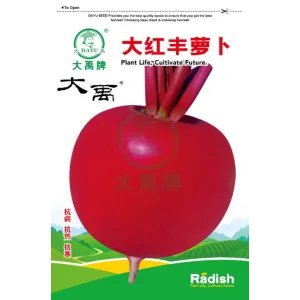What is the purpose of a rubber stopper?
A rubber stopper is a small, tapered plug used to seal the openings of test tubes, flasks and other laboratory glassware. Stoppers made of cork are also available for this purpose. However, rubber stoppers are preferable for applications that require a tighter seal or a greater degree of chemical resistance.
What are stoppers used?
A stopper or cork is a cylindrical or conical closure used to seal a container, such as a bottle, tube or barrel. Unlike a lid or bottle cap, which encloses a container from the outside without displacing the inner volume, a bung is partially or wholly inserted inside the container to act as a seal.
What is the purpose of a rubber stopper?
What are rubber stoppers? Rubber stoppers are ideal for plugging joints or holes in laboratory glassware and creating a liquid-tight seal. Rubber bungs are often used with glass containers such as test tubes, flasks, jugs, and many other pieces of standard lab equipment.
What is a vial stopper?
Rubber stoppers allow easy access to drugs contained in glass medication vials, as they can be readily punctured through with a needle or a cannula.
What is the rubber stopper on a vial called?
Coring is when a small piece of a vial’s rubber stopper breaks off and contaminates the contents of a sterile vial. It can typically be noticed floating on top of or inside the medication or stuck to the inside wall of the vial.
How do you use a rubber stopper?
Insert the stopper that you have chosen narrow-side-first into the opening of the test tube or vial that you are sealing. Push it far enough in so that you meet significant resistance to further pushing, then stop.
How do we prevent coring?
Needle insertion at a 45-60° angle with the bevel facing up and away from the stopper has been shown to reduce the possibility of coring by approximately 50%. A small amount of positive pressure can be applied to the syringe plunger at the point of entry into the stopper.
How do you equalize vial pressure?
A volume of air equal to the volume of liquid to be removed from the vial is injected into the vial. Injecting air in the vial initially will equalize the pressure in the vial after solution is removed.
How do you stop coring?
There is a longstanding recommended technique of needle insertion into a medication vial that reduces the risk of coring (5,6). The needle should be inserted at a 45–60° angle with the opening of the needle tip facing up (i.e., away from the stopper).



评论
发表评论